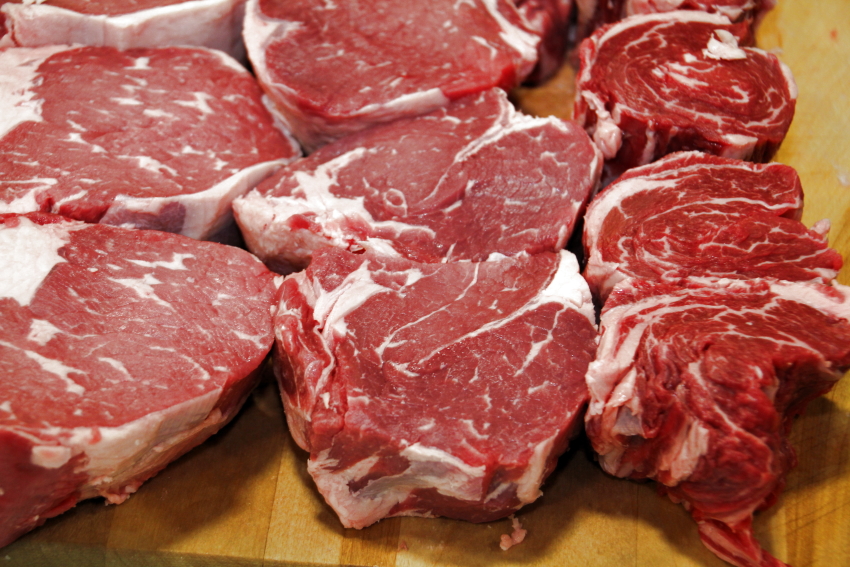
Agricultural News
E. Coli Very Much on the Minds of Consumers According to the November FooDS Survey from OSU
Tue, 17 Nov 2015 09:34:25 CST
 Dr. Jayson Lusk of the Ag Economics Department at Oklahoma State University is the lead on the Food Demand Survey that is now in it's third year. Dr. Lusk has just released the November edition of the Survey- and offers an overview of the results on his blog- here are his comments from the latest research results:
Dr. Jayson Lusk of the Ag Economics Department at Oklahoma State University is the lead on the Food Demand Survey that is now in it's third year. Dr. Lusk has just released the November edition of the Survey- and offers an overview of the results on his blog- here are his comments from the latest research results:
"The November 2015 edition of the Food Demand Survey (FooDS) is now out.
"A few highlights from the tracking portion of the survey:
"After a dip last month, Willingness To Pays for all products are back up in November.
"There was a BIG increase in awareness of E. Coli in the news in the past two weeks, perhaps due to the discussion surrounding the Chipotle.
"Despite the increase in awareness of E. Coli in the news, there was not a big change in concern about the issue.
"Consumers expect higher meat prices and expect to consume less meat in the next two weeks as compared to October.
"Three ad hoc questions were added in response to the news a couple weeks ago that the International Agency for Research on Cancer, IARC) for the World Health Organization classified red meat as probably carcinogenic.
"First, were a few questions meant to determine the tradeoffs people make between the taste of food, how long they live, cost, and food safety.
"This was done by posing the following scenario: "Imagine you could live anywhere in the world. Suppose there were eight different locations you could choose from that were similar in all respects except for the types of food available. For each of the following eight locations, please rank how desirable it would be to live there."
"Then, eight options were presented (in random order) that varied food cost (at 10% to 20% of after tax income), taste (either better or worse tasting than you're used to), chance of foodborne illness (either 1 or 3 foodborne illnesses per lifetime), and life expectancy (either 75 or 85 years old) of different hypothetical locations. There are 2^4=16 possible different locations, and I showed people 8 of these such that none of the characteristics were correlated with the others.
"Statistical analysis indicates the following formula (all coefficients except the intercept are statistically significant at the 0.01 level) implied by respondents' rankings:
"So people dislike higher food costs and foodborne illnesses, and they like better tasting food and living to older ages. No surprise there. The interesting questions relate to the magnitudes.
"The results reveal people would be willing to pay about 38% higher food prices for better vs. worst tasting food (1.31/.035) and would give up 20 years of life expectancy to live with better tasting food (1.31/0.066). An extra case of foodborne illness is equivalent to about 15% higher food prices in terms of satisfaction with a location (0.52/0.035).
"Looking at how rankings can change by moving from the lowest to the highest level of each characteristic suggests taste is the most important issue followed by safety, then life expectancy, then cost. The results reinforce what we already know: some people will continue to eat bacon even if the IARC says it increases the risk of cancer because they like how it tastes.
"The next set of questions focused more specifically on whether people thought different issues could cause cancer, and then how many cancers the issues caused. In short, I tried to separate out (as the IARC does) the certainty with which we know whether something causes cancer from the size of the effect: that is, how much does a substance increase your cancer risk
To view the November report- including the charts and other details from the Ad Hoc questions, click here.
You can also go to the Ag Economics website and view background details of the FooDS research series- and review previous month's surveys by clicking here.
WebReadyTM Powered by WireReady® NSI
Top Agricultural News
More Headlines...




















